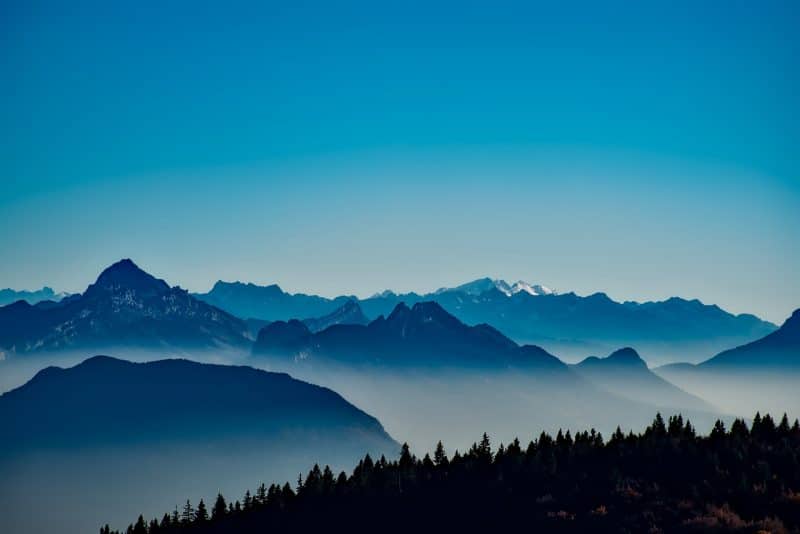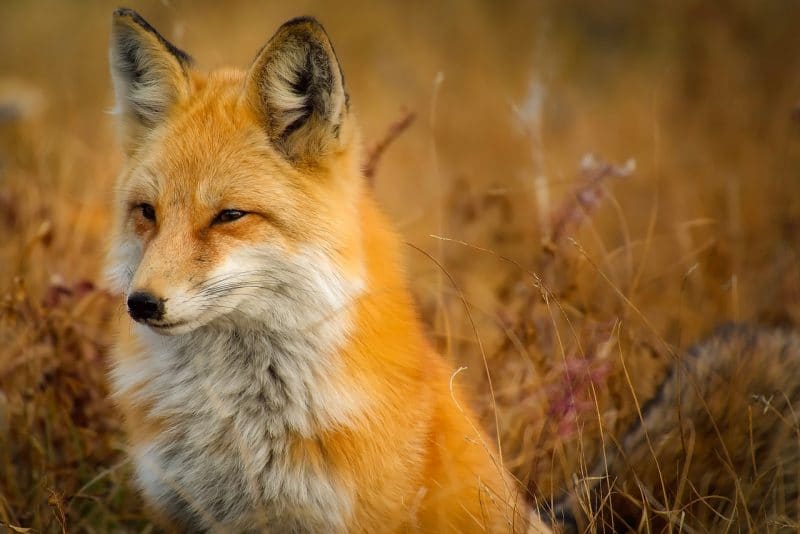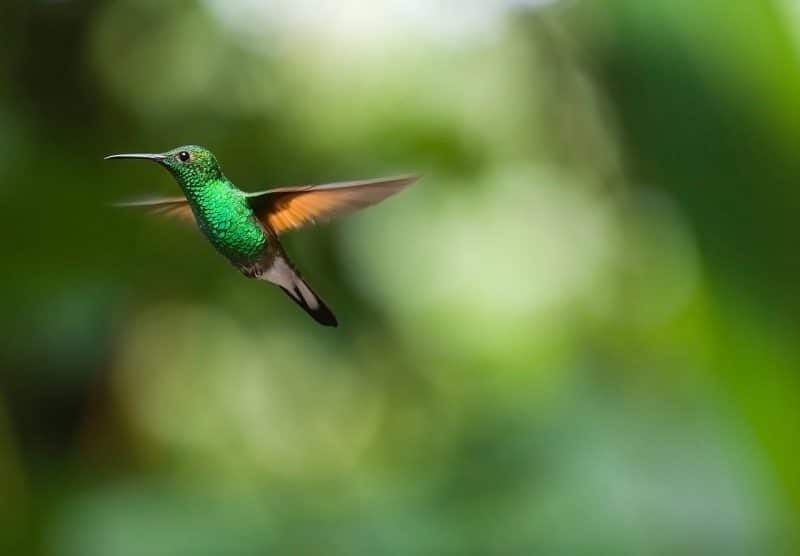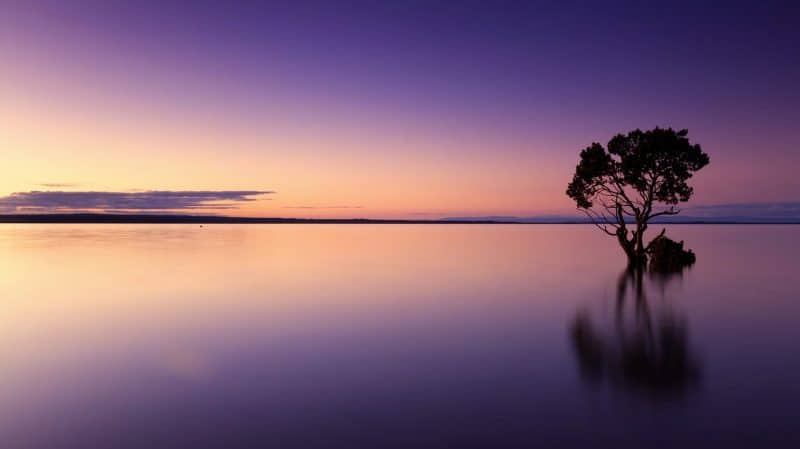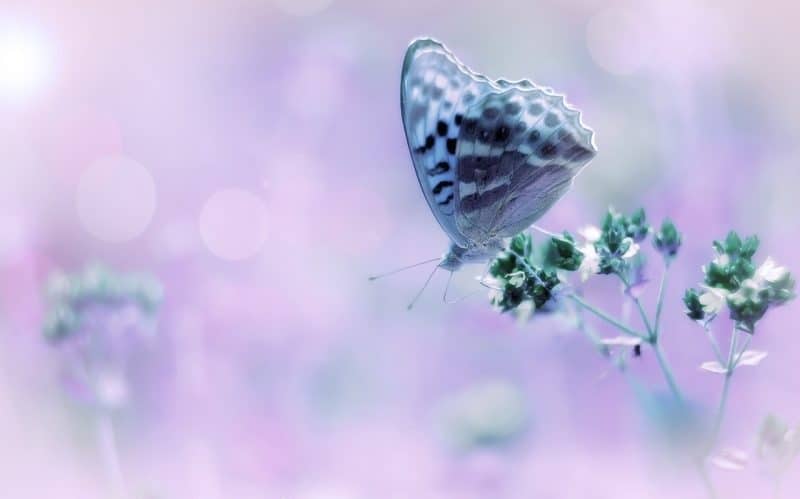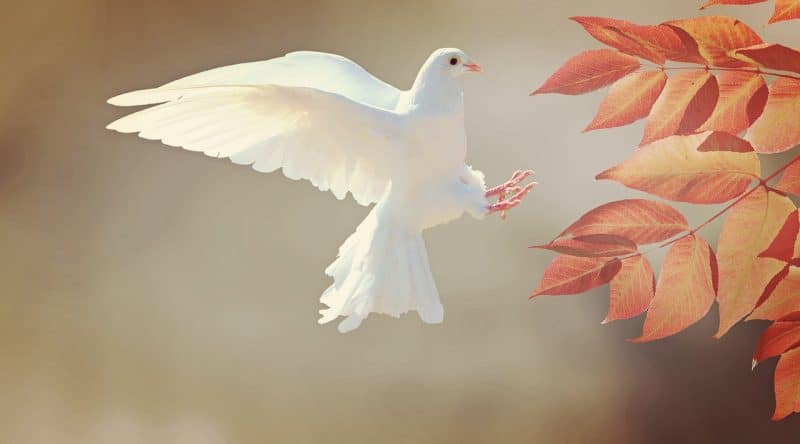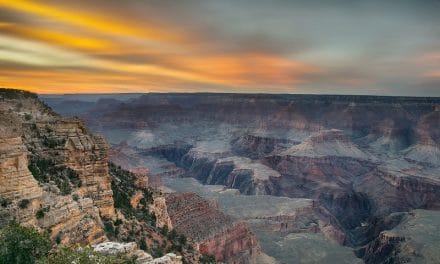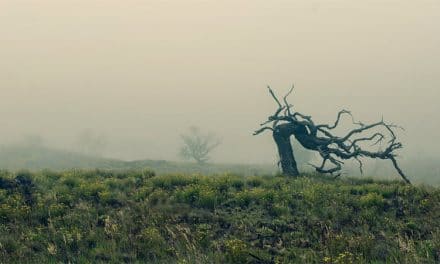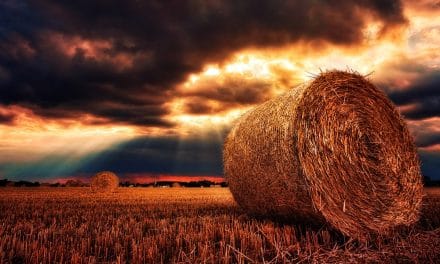Photo by 12019
Negative space is something photographers don’t always put a lot of thought into. It’s pretty understandable; after all, surely the subject of the photo is the main event. Why would we pay any attention to the surrounding empty space? Negative space is actually a very important element in photography composition. Where you place your subject and how much space surrounds it can drastically alter the perceptions viewers have of it. So let’s spend some time exploring “empty space” in this article!
Negative Space Isn’t Merely Empty
First thing’s first. Negative space in photography isn’t just lack of additional details. Negative space is all of the space surrounding the main subject. In a landscape photograph, the negative space surrounding a stunning mountain might be the sky. In nature, it might be the plants surrounding the shy animal you’re trying to photograph. Or with the right composition, it might be literal empty space. So simply attending to rocks, trees, and other elements of nature as you’re photographing a main subject counts as managing negative space. Even though the meadow surrounding the fox is full of plants and portions are in focus these are still considered negative space.
Photo by 12019
But Negative Space Can Also Be Empty
The most frequent use of negative space in the traditional sense (i.e. empty space) is isolating a subject using an appropriate lens aperture. By opening the lens widely we can create a very shallow depth of field. For those who don’t know, depth of field is how much of a given scene is in sharp focus. And while there’s variance depending on the focal lengths and scenes in question, we generally want a low aperture number to create a nice, sharp subject. And the background will then blur more and more as the aperture number goes down. Looking at the photo of this hummingbird, we’ve created empty space by using an aperture that blurs the background out of existence. What’s even nicer about this photo is that we still have the nice green from the plants in the background. Our minds can fill in the suggestion of a garden while the subject boldly stands out.
Photo by Nicman
Water and sky can often simulate true negative space without having to adjust the aperture to do so. Water combined with a very slow shutter speed and a neutral density filter becomes smooth and mirror-like. Combine that with a relatively featureless sky and the pastel lighting of this time of day. The negative space highlighting this tree is stunning despite it being entirely full of air and water.
Photo by Cleverpics
Negative Space Shapes the Story
The surrounding negative space isn’t just for support. In fact, it’s essential to the story being told by your photograph. It helps us give a mood to a photo, especially when human subjects are involved. Negative space can make us feel a sense of joy as our subject throws her arms out wide as she looks out at the rising sun. It can also make us feel gloomy and lonely as our subject sits on a park bench looking at an empty lake.
The photo below with its relatively tiny subjects highlights the contributions negative space can make. We can feel the chill in the air and a sense of wonder as we look at the photo below thanks to the huge expanse of sky. Imagine if the image had been cropped to exclude most of the field on either side of the tree. Even though the tree, parent, child, and moon remain the same the story being told would feel quite different. The negative space in this image has an immense impact.
Photo by cocoparisienne
Extra thought should also be given to the background blur we discussed earlier. When out of focus but not so far the scene goes creamy, wide open apertures can create what are called bokeh in the background. Bokeh are out of focus artifacts that are mere suggestions of background elements. They often add bright peppiness or even a dreamy cast to many images. Looking at the image below the negative space surrounding this butterfly contains tons of bokeh. Flowers melt into hazy dreams and spheres of strange light that give the scene a wondrous mood.
→ Related reading: How to Create Beautiful Bokeh in Nature Photography
Photo by dewdrop
Negative Space Is Not to Be Ignored
We want to consider every element of the scene as photographers. Even if I have a fascinating subject if the background is too busy it will lose impact. Therefore, the negative space has to be at the forefront of our minds. When composing images take time to simply look through the viewfinder and examine how a subject will appear. What if we adjust the field of view to include more or less sky? Do we want to include more background details and narrow our aperture? Or maybe we want the subject to stand out and maybe widen it instead? Make exploring negative space a priority and see just how much your composition technique improves!
Photo by cocoparisienne
All photos in this blog post are licensed as CC0.

